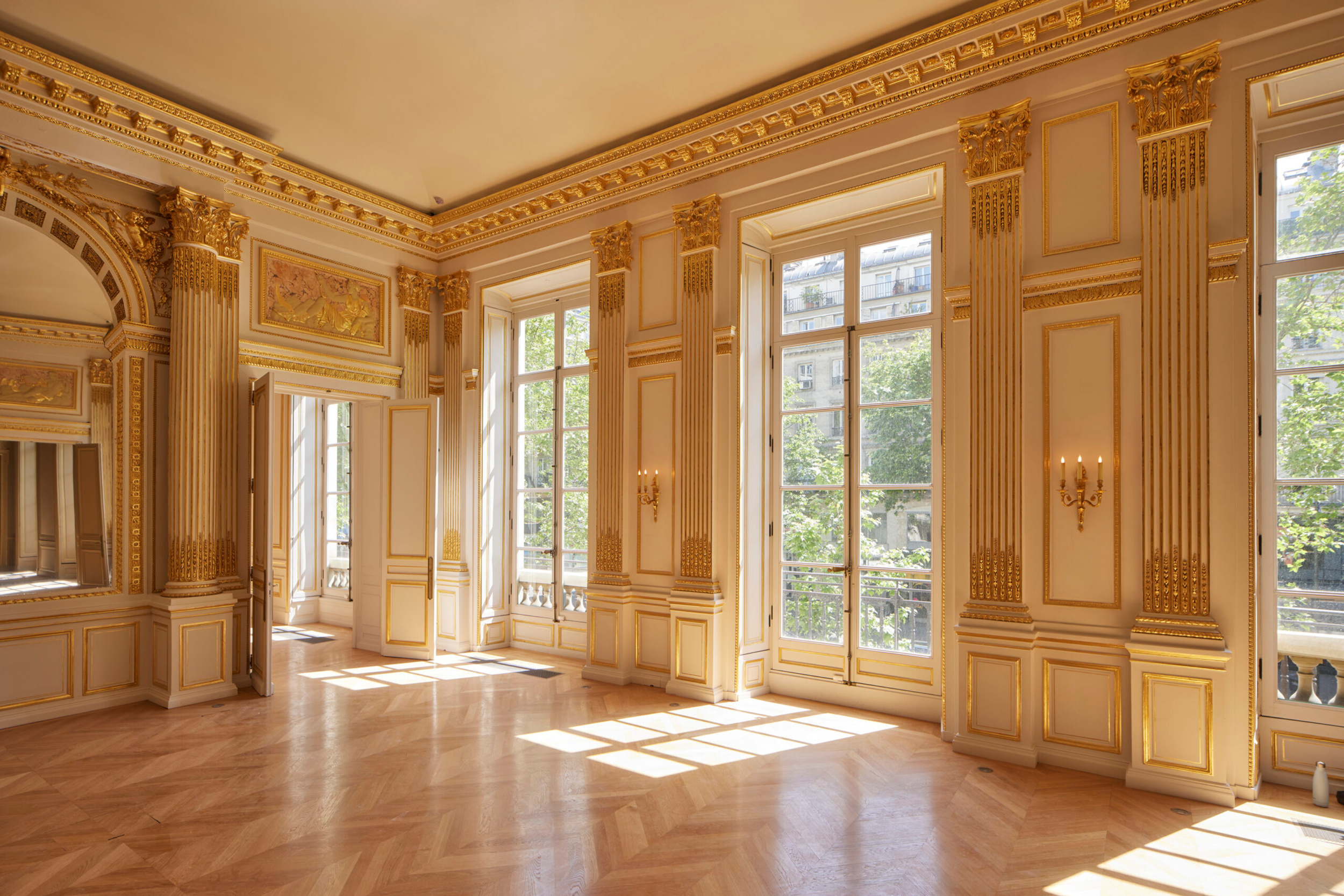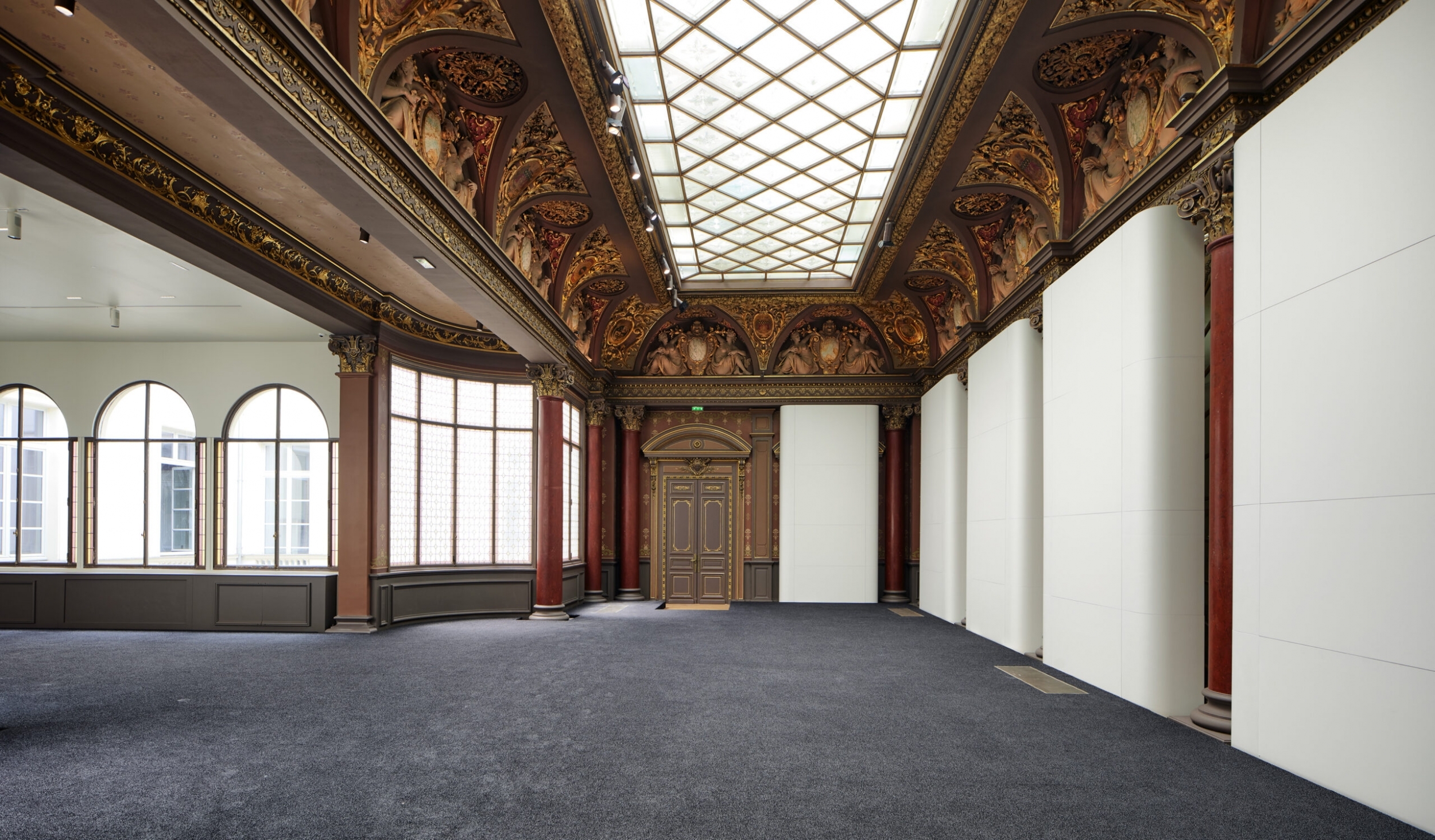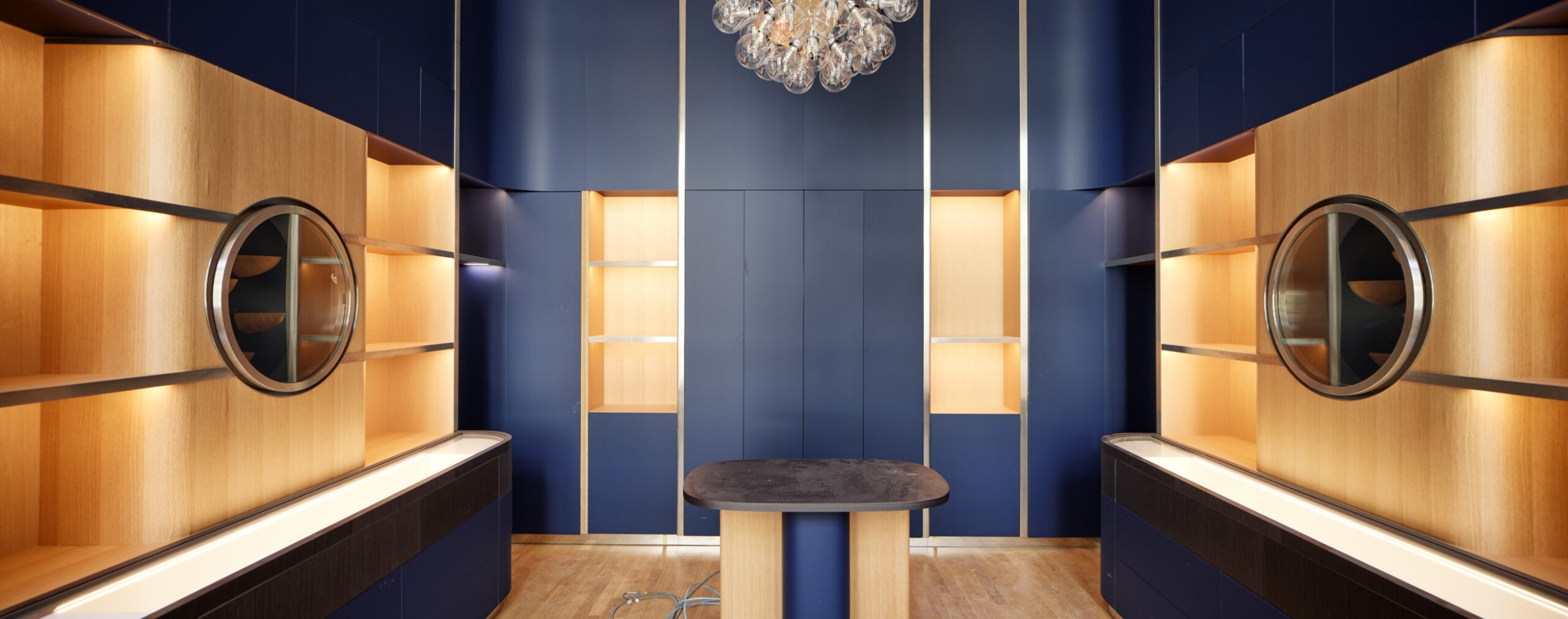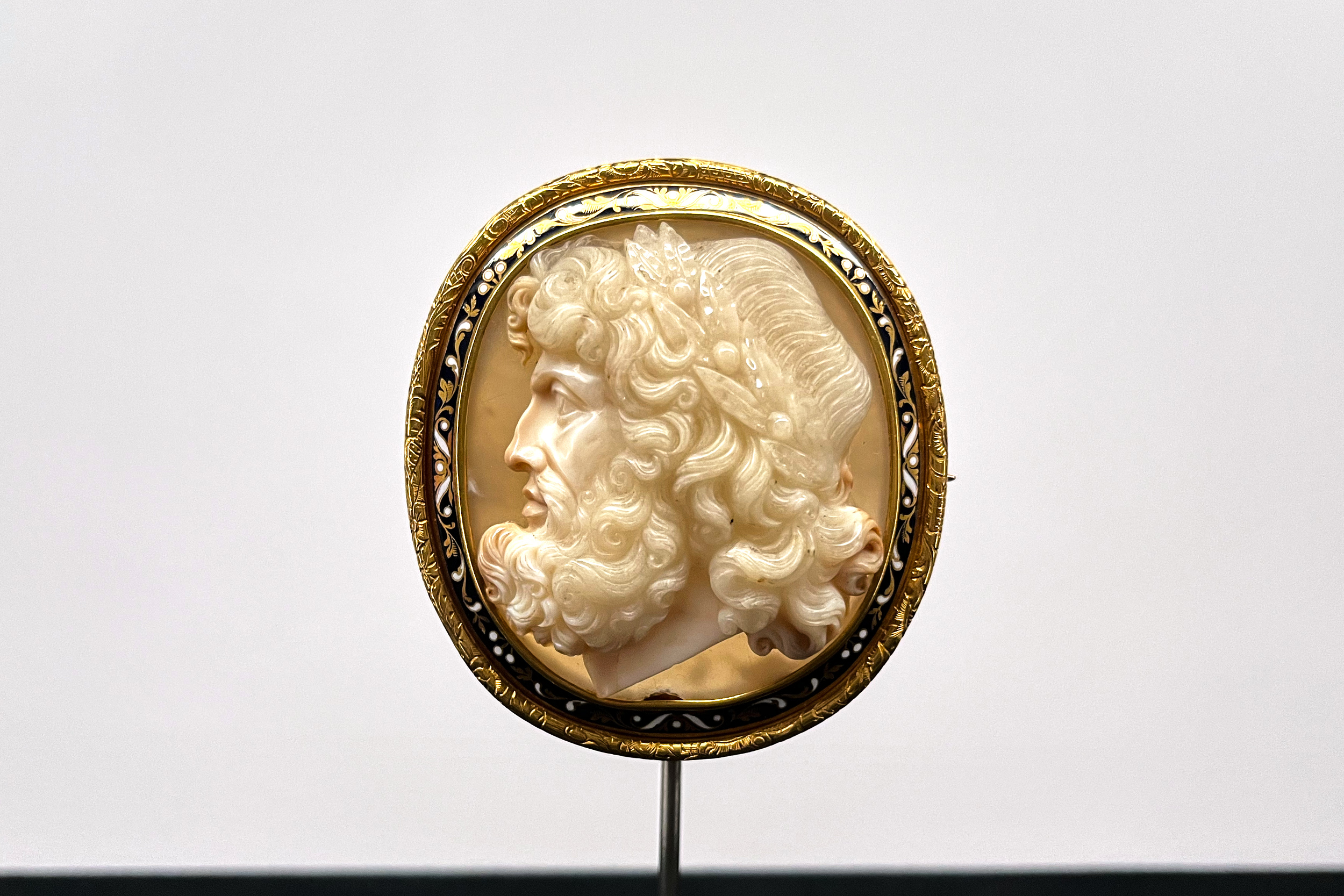L’École, School of Jewelry Arts is widening its scope with a new location in an eighteenth-century mansion on Paris’s Grands Boulevards and opens its latest exhibition there.
Founded in 2012 with the support of Van Cleef & Arpels, L’École, School of Jewellery Arts offers the opportunity to discover the savoir-faire of jewellery-making, gemmology and the history of jewellery through a range of introductory courses, talks and publications.
L’École, School of Jewellery Arts has been showcasing great exhibitions in the last few years – please see a few recent ones here. The aim of the school is to share jewellery culture with the widest possible audience, which is why entrance to these events remain free of charge.
This autumn the School celebrates a new milestone, as it opens a new location in an eighteenth-century mansion in Paris, Hôtel de Mercy-Argenteau. Now it will be two sites in Paris, a permanent campus in Hong Kong and new campuses are set to open in Shanghai and Dubai. To be present in other cities too, L’École organises weeks-long itinerant sessions in New York or Tokyo for example.
There are quite a few beautiful restoration projects in Paris recently – like the Dior museum and boutique at Avenue Montaigne, the Bourse de Commerce with the Pinault Collection or the Hôtel de la Marine debuted with the Al Thani collection in 2021.
The Hôtel de Mercy-Argenteau is no exception – it will be definitely a new, exciting destination on Boulevard Montmartre in the 9th district of Paris for both locals and tourists. It is a listed neoclassical building, one of the oldest private homes on the Grands Boulevards. Built in 1778 by a popular young architect named Firmin Perlin for a banker, Jean-Joseph de Laborde, the mansion was named after its first occupant, the Austrian diplomat Florimond-Claude, Count of Mercy-Argenteau (1727-1794).
Later the building was acquired by Nicolas Duchesne, a saddle and coach merchant, who added three additional floors. During the Second Empire (1852–70) the building belonged to an insurance company. In 1891 a lavish banquet hall was added, by architect Henri Fernoux. These grand spaces are excellent surrounding to the exhibitions.
‘The historic context must not overshadow the works that are being presented. The two must coexist in harmony.’ – adds designer and interior architect Constance Guisset who designed the interior of the Hôtel de Mercy-Argenteau. Many other projects, she designed other places to Van Cleef & Arpels and the Ernest bakery-restaurant located at the iconic Parisian department store, the Samaritaine.
For the first time in its history, the Hôtel de Mercy-Argenteau will be open to all, so Constance Guisset well considered the materials used and the different functions of the building. The materials had to be solid, durable but refined, like oak and wood veneer. The space includes a pleasant reception area ensuring the fluid circulation, incorporating a recess in a certain area to offer visitors a place to retreat.
‘Its façade is so discreet that it creates an element of surprise. Who would expect to find such a beautiful setting upon crossing the threshold of its porte-cochère? The Boulevard Montmartre address feels more accessible than our Place Vendôme location. And the surrounding neighborhood, while popular, has strong ties with culture and art, thanks to its covered passageways, its theaters, the Hôtel Drouot, and the Musée Grévin. I like the combination of the two. This part of Paris is also associated with jewelry, for jewelry makers and stone merchants are not far away.’ – Nicolas Bos, President and CEO of Van Cleef & Arpels
The first floor of the Hôtel Mercy-Argenteau will house a special library, dedicated to jewellery. In a few years a collection of some six thousand books, magazines, and auction catalogues was constituted, so a ‘book sanctuary’ for jewel-lovers seemed to be a pretty natural addition, alongside with a new bookshop, L’Escarboucle. The shop will carry French and foreign-language works on jewellery, jewellery designers, requisite savoir-faire, gemmology or applied arts.
Inaugural exhibition: “Stage Jewelry from the Comédie Française”
To compliment the opening of the building and its location, the very first exhibition will feature stage jewelry from the Comédie-Française. Over 120 pieces of jewelry, accessories, artworks and documents will be on view – many of which are from the theater’s collections – curated by Agathe Sanjuan, director of the Comédie-Française’s library-museum.
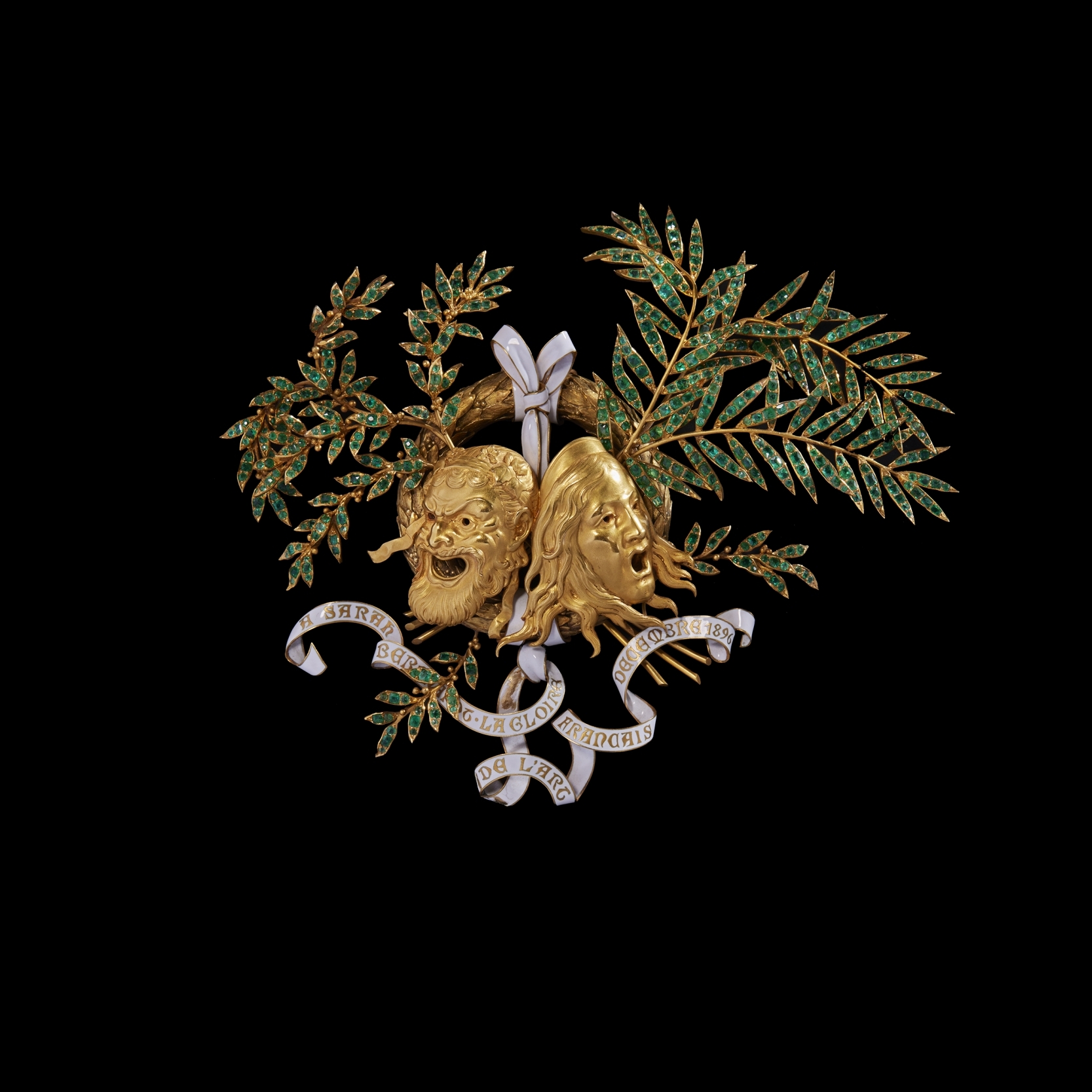
‘The jewellery sets worn by actors belonged to them personally,’ explains Agathe Sanjuan. ‘By exhibiting their jewellery onstage, they were also displaying their social status. Even if it meant contradicting the action of the play! Historical truth only gained the upper hand at the end of the eighteenth century.’
The exhibition includes jewellery creations like an enamel René Lalique brooch that belonged to Sarah Bernhardt (1896); a cameo tiara of Mademoiselle Rachel, a heroine of the time around 1838; or a laurel wreath worn by François Joseph Talma, ‘a dominant personality at the Comédie-Française’, in the role of Nero (1814).
See details about the exhibition, opening 6 October, here.
Source: press release. Photo credits: L’École, School of Jewelry Arts
All registered trademarks are property of their respective owners.
All rights reserved.

